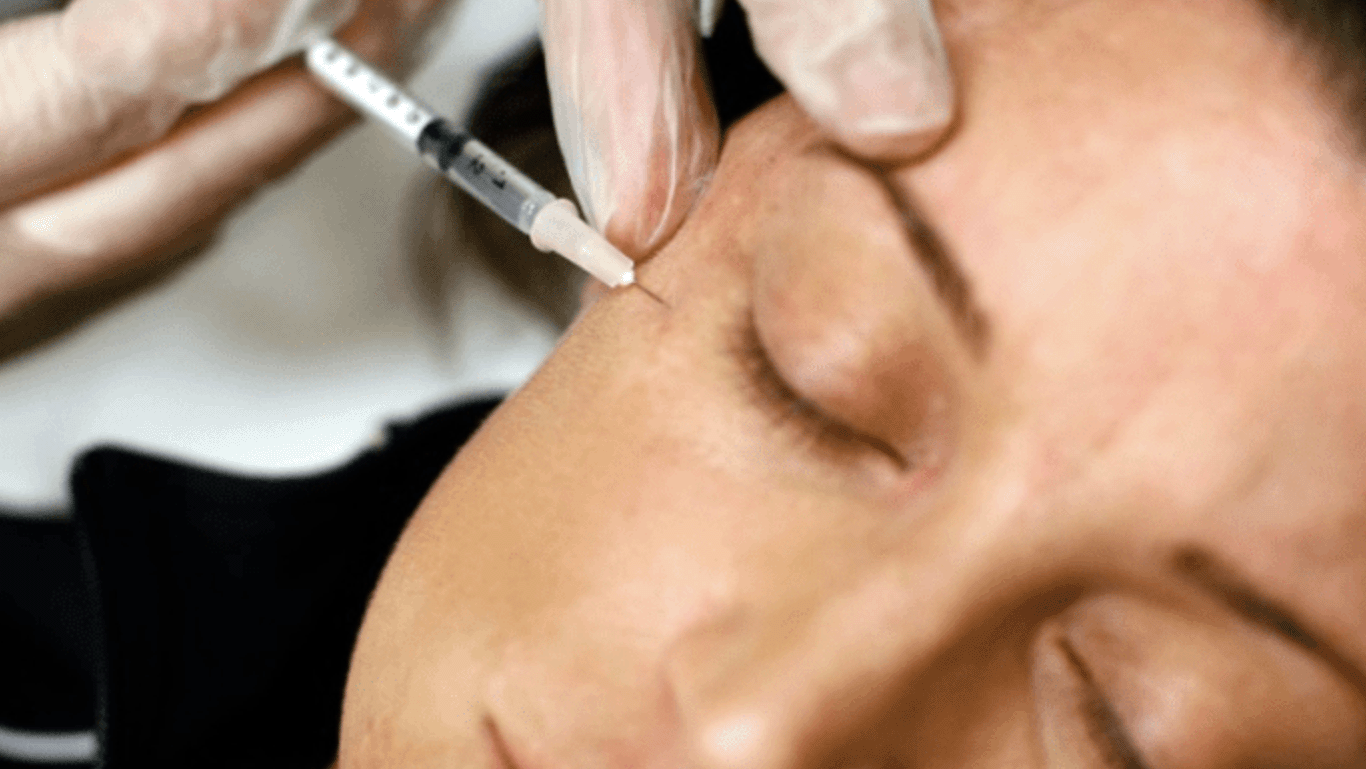The Safety of Repeated Botox Use
What MedSpa’s won’t tell you…
Introduction: Safety of Repeated Botox Use
Botox, derived from the bacterium Clostridium botulinum, has become a widely used cosmetic treatment to reduce the appearance of wrinkles and fine lines. With its ability to temporarily paralyze facial muscles, Botox has gained popularity for its effectiveness in achieving a youthful and smoother complexion. However, concerns about the safety of long-term, repeated use of Botox have been raised. In this blog post, we will explore the evidence and address the important considerations surrounding the safety of using Botox over an extended period.
Understanding Botox and Its Mechanism of Action:
Botox, or botulinum toxin type A (a neurotoxin), works by blocking the release of acetylcholine, a neurotransmitter responsible for muscle contractions. Botox reduces the appearance of dynamic wrinkles, such as crow’s feet and frown lines by paralyzing muscle tissue. It is important to note that Botox is an FDA-approved treatment ONLY when administered by a qualified medical professional.
Short-Term Safety of Botox: In the short term, Botox is generally considered safe when administered by a trained healthcare professional. The treatment is invasive (needles puncturing the skin) however does not require surgery. The most common side effects include temporary redness, bruising, and mild discomfort at the injection site, which usually resolve.
Long-Term Safety Concerns: Safety of Repeated Botox Use
There is limited evidence on the long-term safety of repeated Botox use. Long-term studies specifically evaluating the effects of Botox over extended periods are lacking, primarily due to the relatively recent introduction of Botox for cosmetic purposes. However, based on the available evidence, some serious concerns have been raised.
- Tolerance and Reduced Efficacy: With repeated Botox injections, there is a proof that the body will develop a tolerance to the treatment, resulting in reduced effectiveness over time. This may require higher doses or more frequent treatments to achieve the desired results, which in turn increases the likelihood of unwanted side-effects and permanent damage.
- Muscle Atrophy: Prolonged muscle inactivity due to repetitive Botox injections could potentially lead to muscle atrophy, weakening the targeted facial muscles. Muscle atrophy is not only cosmetically distressing, but also has an impact on future injections’ efficacy. As a largely underreported and under-documented unwanted side-effect, muscle atrophy was previously ignored. However more and more literature is coming available and prompting the need for further study.
- Spread of Toxin: There are many instances of the toxin spreading beyond the intended injection site, causing unintended muscle weakness or other adverse effects like facial paralysis and dysphagia (the inability to swallow). Luckily, our medical-grade microcurrent device seeks out cells and tissue with low/no response, and targets them for repair and cell turn-over. We help many clients who have experienced this particular adverse effect, and have been able to clear out the un-wanted botox from ill-affected areas.
- Unknown Long-Term Effects: Since Botox has been widely used for cosmetic purposes for a relatively short period, its potential long-term effects are not yet fully understood. Further research is needed to evaluate the safety of prolonged Botox use.
Importance of Qualified Professionals and Informed Consent:
To ensure the safety of Botox treatments, it is crucial to seek the services of a qualified medical professional, such as a dermatologist or plastic surgeon, who has experience and expertise in administering Botox injections. A trained professional will carefully assess your individual needs, provide appropriate dosage, and minimize the risk of adverse effects.
Informed consent is also vital when considering long-term Botox use. Patients should fully understand the potential risks, benefits, and limitations associated with repeated treatments and engage in open discussions with their healthcare provider.
Conclusion:
While Botox has been deemed safe for short-term cosmetic use when administered by qualified professionals, the long-term safety of repeated Botox injections is beginning to become a major concern in the beauty and medical communities. As it’s wrinkle-reducing effects are only temporary, repeated use is required to maintain the desired results. This is why the beauty professionals at Microcurrent Healing are committed to proving effective and SAFE, anti-aging treatments and therapies that will always be beneficial and good for your face and body! Even with repeated and consistent use (which is actually recommended to attain the most dramatic anti-aging effects) Microcurrent facelifts will never damage or harm your muscles or tissues. In fact, microcurrent can only promote cellular health! So go ahead, look younger and feel great about your choice to stay youthful, NATURALLY.

